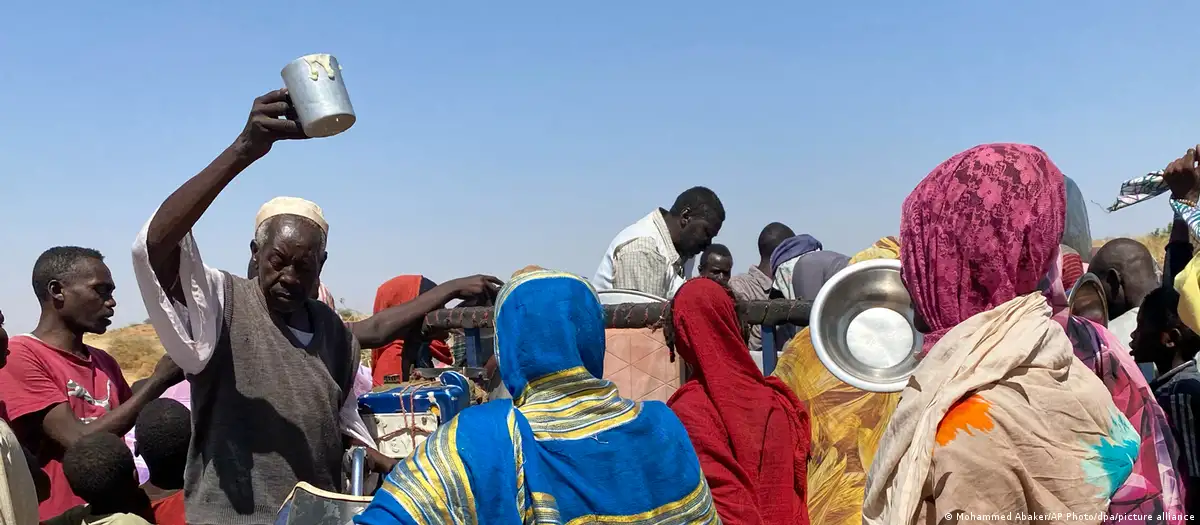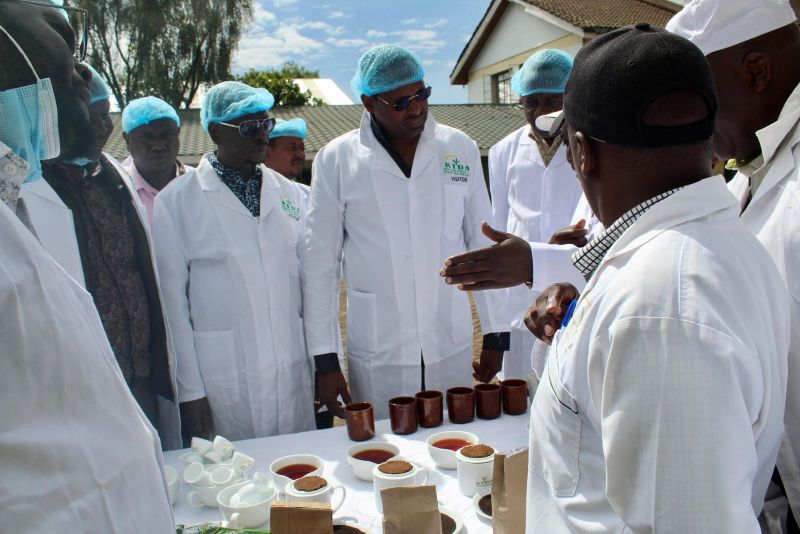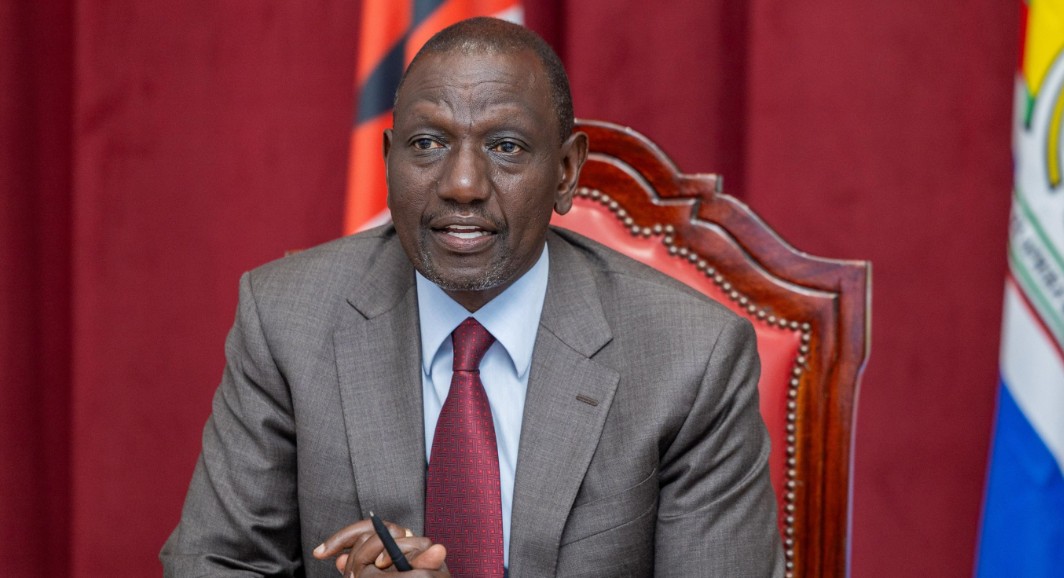Kenya to combat malnutrition with fortified rice - Health PS

The Kenyan Ministry of Health is set to include rice in its food fortification initiative, following the successful fortification of edible oils, wheat flour, and maize meal.
In a move to combat malnutrition, the Kenyan Ministry of Health is set to include rice in its food fortification initiative, following the successful fortification of edible oils, wheat flour, and maize meal.
Principal Secretary for Health and Professional Standards, Mary Muthoni on Tuesday highlighted that the initiative aims to enhance the nutritional content of staple foods, ensuring that all Kenyans have access to healthier options.
More To Read
- Parents lead the fight against malnutrition as Turkana’s ACCEPT project shows big results
- MSF raises alarm over extreme malnutrition as Sudan crisis deepens
- 5.7 million people face food insecurity in Haiti
- WFP warns of rising hunger among refugees in Ethiopia
- Child malnutrition in Kenya: AI model can forecast rates six months before they become critical
- Nairobi Trade Fair puts spotlight on innovation as Kenya braces for rising hunger fears
The PS announced this strategy during an East and Southern African regional consultation focused on sustainable universal salt iodization and food fortification.
The World Health Organization defines fortification as the intentional addition of essential micronutrients, such as vitamins and minerals, to food, enhancing its nutritional value.
With rice consumption rising particularly among the youth, Kenya is responding to an increasing demand.
The country currently imports around 800,000 tonnes of rice annually, while domestic production ranges between 150,000 and 200,000 tonnes.
"Despite our achievements, there are still challenges to ensuring the long-term viability of these programs," Muthoni noted.
Consumer awareness
The PS highlighted the importance of continuous monitoring, consumer awareness, and addressing the costs of fortification pre-mixes.
Participants at the consultation discussed a strategic roadmap for maintaining universal salt iodization and scaling up food fortification from 2025 to 2030.
Currently, millers are mandated by the Food, Drugs and Chemical Substances Act of the Laws of Kenya to fortify edible oils, maize meal, and wheat flour.
In line with this initiative, the Kenya Bureau of Standards has drafted an East Africa Standard for rice fortification, which is awaiting regional adoption.
Last year, a policy brief on rice fortification was also created. Ronald Afidra, Africa Network Coordinator for the Food Fortification Initiative, pointed out that while wheat flour remains a priority, rice's inclusion reflects its growing consumption across the continent.
"Wheat flour is fortified with vitamins and minerals, including iron, zinc, and vitamin A. Rice is the most recent addition," he stated.
Afidra stressed the urgent need to enrich imported rice, which is predominantly sourced from Asian countries like India, Bangladesh, and Vietnam.
As rice consumption rises in African nations, there is an increasing demand for its nutritional improvement.
Charles Opiyo from the Global Alliance for Improved Nutrition noted that the rising demand for rice is not limited to Kenya but is also observed in Nigeria, India, Ethiopia, and Bangladesh.
"Rice is a more resilient crop than maize, and fortification programs can help combat food insecurity and hidden hunger," Opiyo said.
He stressed the importance of addressing micronutrient needs for economic development and health.
GAIN is actively involved in advanced rice fortification projects in collaboration with the Kenyan government and Jomo Kenyatta University of Agriculture and Technology.
Opiyo highlighted their efforts to conduct a comprehensive analysis of rice in Kenya, assessing production levels, import volumes, fortification potential, and consumer behaviour.
He called for a holistic approach to the rice fortification initiative, underscoring the need for collaboration between the private sector, government, and agencies to effectively address micronutrient deficiencies in Eastern and Southern Africa.
Top Stories Today










































